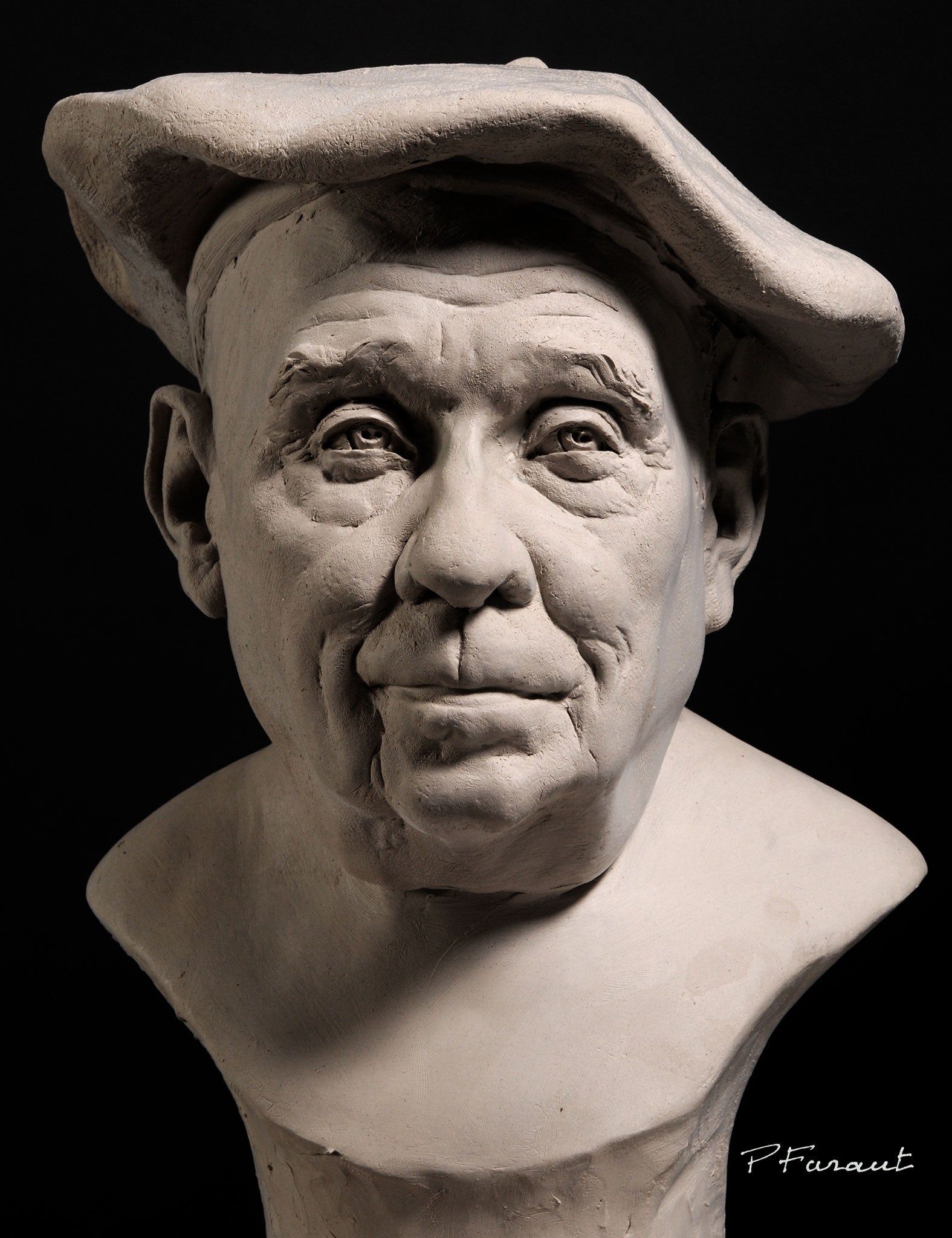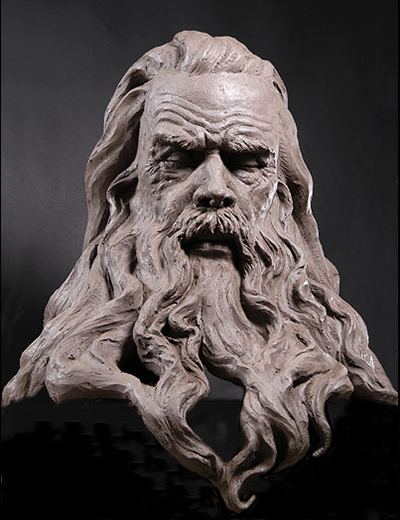Forming the Human Form: Portrayals of the Body in Sculpture
Forming the Human Type: Portrayals of the Body in Sculpture is a comprehensive exploration of the artistic depiction of the human body throughout background. From the beautiful marble sculptures of ancient Greece to the intricate work of arts of the Renaissance, from the luxuriant and flamboyant Baroque and Rococo sculptures to the avant-garde and abstract expressions of contemporary and contemporary sculpture, this exhibition supplies an exciting trip through the development of this ageless art kind.
Ancient Greek Sculptures

One of the defining qualities of Ancient Greek sculptures is their emphasis on proportion. Each part of the body is thoroughly crafted to be in proportion to the whole, creating a sense of equilibrium and consistency. The sculptors paid careful focus to every information, from the positioning of muscle mass to the positioning of arm or legs, guaranteeing that each figure appeared both elegant and effective.
The Greeks additionally valued the idea of idyllic beauty. Instead of illustrating the blemishes and imperfections of the human type, they sought to develop an idyllic variation of truth. The sculptures commonly represented professional athletes, gods, and sirens, with their bodies sculpted to perfection. Contemporary Sculptures. This idyllic portrayal of the human kind not only well known physical beauty however additionally acted as a method of motivating and boosting the viewer.
Renaissance Masterpieces
Continuing the exploration of the representation of the human kind in sculpture, Renaissance masterpieces even more fine-tune the idyllic principle of beauty, building upon the in proportion and unified proportions of their Ancient Greek predecessors. During the Renaissance period, which spanned from the 14th to the 17th century in Europe, artists sought to restore the classic perfects of old Greece and Rome. They researched and copied the jobs of the old masters, striving for a reasonable representation of the human body.
One of the most distinguished Renaissance carvers was Michelangelo Buonarroti. His work of art, the sculpture of David, exhibits the excellence and elegance that ended up being associated with Renaissance art. Standing at over 17 feet high, the sculpture depicts the biblical hero in a state of calmness before his battle with Goliath. David's muscular physique, captured with remarkable detail, exposes the musician's proficiency of human composition.
Another remarkable Renaissance artist was Donatello. His sculpture of Saint George, developed in the very early 15th century, showcases the musician's capacity to communicate strength and nobility through the human form. The statue portrays the famous dragon-slaying saint in a poised and certain position, emanating a feeling of heroism.
Renaissance work of arts not only commemorated the physical charm of the body yet likewise communicated deeper feelings and meanings. With their thorough interest to detail and experienced workmanship, Renaissance carvers elevated the art of sculpture to new heights, leaving an enduring legacy that proceeds to inspire musicians to today.
Rococo and baroque Sculpture
Baroque and Rococo sculpture exhibits the elaborate and luxurious portrayal of the human kind during the 17th and 18th centuries. Identified by its vibrant and remarkable design, Baroque sculpture aimed to mesmerize visitors through its magnificence and emotional strength. Musicians such as Gian Lorenzo Bernini and Alessandro Algardi created sculptures that communicated activity, frequently illustrating figures in dramatic postures. Making use of light and shadow additionally enhanced the sense of drama, developing a theatrical impact.
Rococo sculpture, on the other hand, emerged as a reaction to the grandiosity of the Baroque period. They typically depicted figures in sensual and graceful poses, reflecting the lighthearted and whimsical nature of the Rococo style.
Both Baroque and Rococo sculpture placed a fantastic emphasis on the human form, commemorating its elegance and sharing an array of feelings - Bronze Sculptures. Whether it was the powerful and dynamic numbers of the Baroque or the elegant and enchanting figures of the Rococo, these sculptures caught the essence of the human experience, leaving a lasting effect on the art globe
Modern and Contemporary Sculpture
The evolution of forming the human type continues in modern and modern sculpture. Modern sculpture arised in the late 19th century as a reaction to the changing social and political landscape.
In the 20th century, the increase of abstraction and theoretical art brought new opportunities for artists. Artists like Henry Moore and Barbara Hepworth discovered the relationship between kind and area, producing natural and abstracted numbers that challenged standard concepts of depiction. Moore's huge bronze sculptures and Hepworth's sculpted rock works are celebrated for their ingenious use products and their capacity to stimulate a sense of the human body in a non-literal way.
Contemporary sculpture proceeds to push the borders of depiction and explore new products and techniques. Artists like Antony Gormley and Ron Mueck create hyper-realistic sculptures that challenge our perception of the body, while others, such as Louise Bourgeois and Kiki Smith, use the body as a metaphor for cumulative and personal experiences. The human form stays a powerful topic in sculpture, offering a platform for artists to explore identification, emotion, and the human problem.
Social Point Of Views on the Human Body

In the expedition of shaping the human type, the exam of cultural viewpoints on the human body discloses a diverse and abundant tapestry of analyses and depictions. Throughout background, different societies have held distinct ideas and worths pertaining to the human body, resulting in review distinctive imaginative expressions - Robert C Hitchcock Sculptor. These cultural perspectives form the method the human body is shown and viewed in sculpture, reflecting social norms, faiths, and aesthetic ideals
For circumstances, old Greek sculptures celebrated the idyllic human form, stressing physical elegance and athleticism. In comparison, old Egyptian sculptures concentrated on the conservation of the body in the afterlife, showing numbers with idealized functions and inflexible postures.
Similarly, cultural viewpoints on the body in African art often highlight communal identity and spiritual beliefs (Equine Sculptures). Sculptures from various African cultures portray the body with overstated functions, symbolizing ancestral connections and cultural worths. Aboriginal cultures in the Americas likewise have unique perspectives on the body, frequently illustrating it in a spiritual context and highlighting the link in between humans and nature
The exam of cultural viewpoints on the human body in sculpture enables us to obtain understanding into the values, beliefs, and visual appeals of different cultures throughout history. It highlights the variety of human experiences and the methods which art shows and shapes our understanding of the human type.

Final Thought
Finally, the representation of the body in sculpture has advanced gradually, reflecting various creative activities and cultural point of views. From the idyllic numbers of Old Greek sculptures to the realistic and stirring Renaissance work of arts, and the elaborate details of Baroque and Rococo sculptures, to the abstract and experimental types of contemporary and modern sculpture. The body has actually been a topic of attraction and imaginative exploration throughout background, showcasing the diverse analyses and expressions of the human form.
Forming the Human Kind: Portrayals of the Body in Sculpture is a comprehensive expedition of the artistic depiction of the human body throughout history. From the splendid marble sculptures of ancient Greece to the intricate masterpieces of the Renaissance, from the ornate and flamboyant Baroque and Rococo sculptures to the avant-garde and abstract expressions of contemporary and modern sculpture, this exhibition uses an exciting journey through the advancement of this ageless art form. Artists like Antony Gormley and Ron Mueck develop hyper-realistic sculptures that test our perception of the human body, while others, such as Louise Bourgeois and Kiki Smith, utilize the body as a metaphor for collective and personal experiences. The human form stays a powerful subject in sculpture, supplying a system for musicians to explore identification, emotion, and the human condition.
From the idyllic figures of Ancient Greek sculptures to the realistic and stirring Renaissance masterpieces, and the complex information of Baroque and Rococo sculptures, to the abstract and speculative types of modern and modern sculpture.